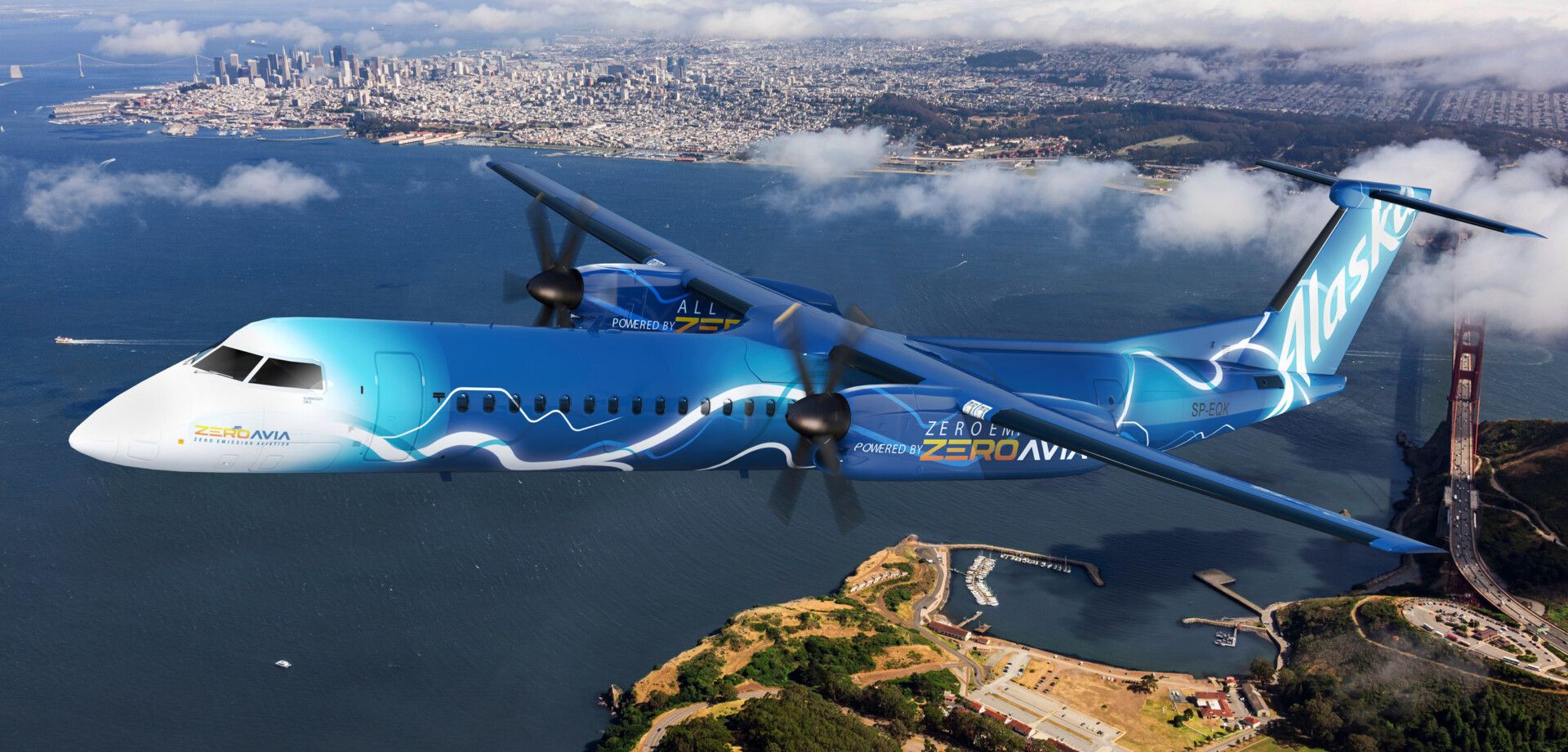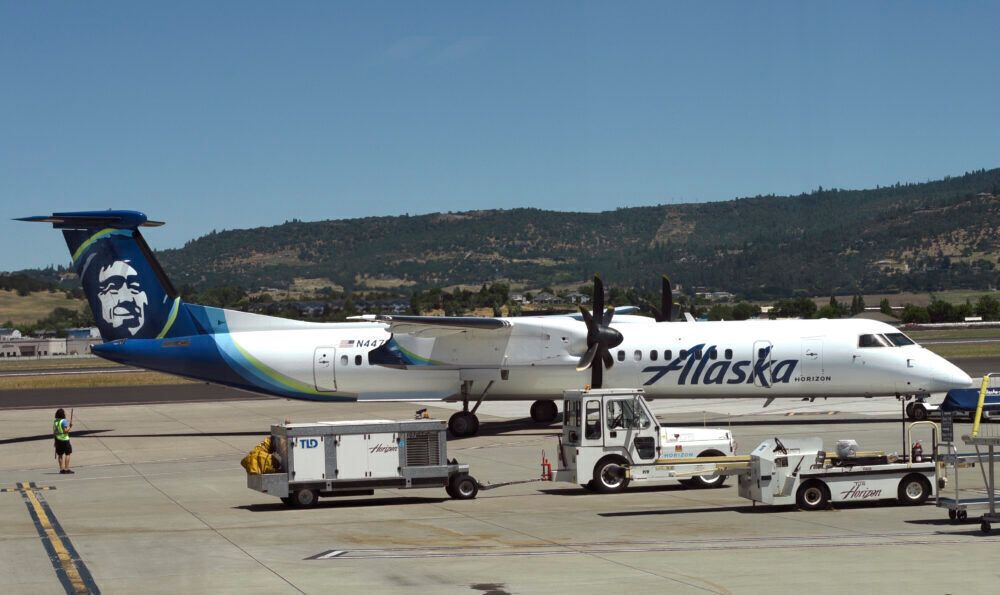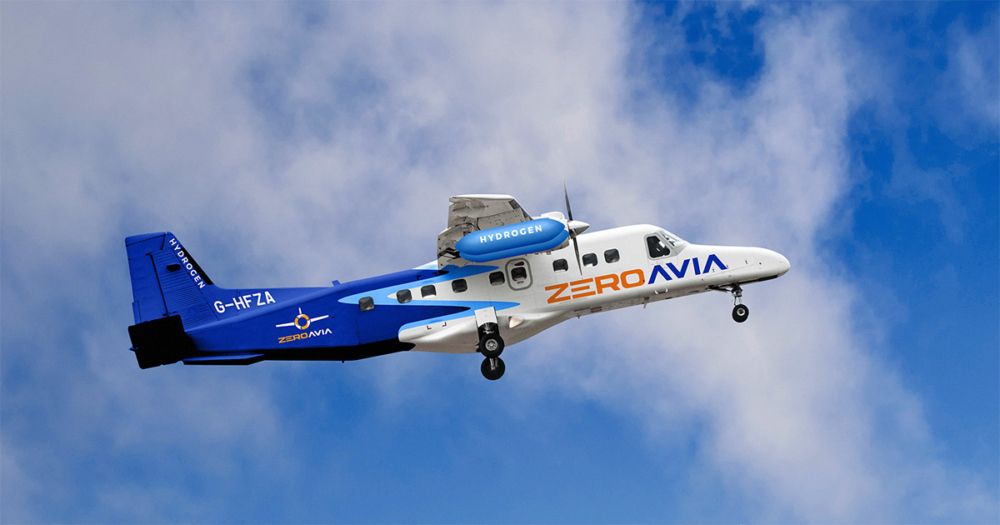The Alaska Air Group this week announced that it is partnering with ZeroAvia to develop a 3MW+ hydrogen-electric powertrain for 76-seat zero-emission aircraft. The Seattle-based company, which owns Alaska Airlines and Horizon Air, is incorporating its system into a De Havilland DHC-8-400.
Clear targets
Alaska Airlines has ambitions to achieve net-zero carbon emissions by 2040. Therefore, electric aircraft fit in with this mission. The technology involved is billed to suit smaller short-haul aircraft in the first instance.
The airline serves several remote regions across the United States. Therefore, there are already areas that can potentially be served by planes utilizing the hydrogen-electric powertrain. With Alaska Airlines connecting several remote communities, this system may have a critical role in future operations.
"We are honored to partner with ZeroAvia's innovative and forward-thinking team, to support their progress developing zero-emissions aviation, and to collaborate for real-world hydrogen aviation success." - shared Diana Birkett Rakow, vice president of public affairs and sustainability for Alaska Airlines, via company statement.
It’s no surprise that Alaska is using the Q400 to incorporate the powertrain. The airline holds over 30 units of the trusted turboprop, which has shown its reliability to operate in tough conditions.
Significant developments
ZeroAvia has been making great progress in the hydrogen-electric scene. This summer, the British/American outfit shared that it is scaling up its program to involve 19-seat aircraft. It also raised a further $13 million to produce larger engines for 50+ seat models. This week, the business highlighted that it is looking to conduct the first passenger hydrogen flight in just three years.
"The aviation industry is one of the hardest industries to decarbonize; however, with this collaboration, we are one step closer to achieving our goal of making our skies emission-free. We are thrilled to see Alaska taking the lead to implement clean technologies into their operations and look forward to putting boots on the ground with Alaska's team." - said Val Miftakhov, CEO and founder of ZeroAvia, via statement.
Get your boarding pass to the flight of the year. The Future Flying Forum is taking off soon!
Exciting prospects
In May Alaska Airlines’ director of sustainability, Kirk Myers, told Simple Flying that his company is working intently to investigate the hydrogen fuel cell space. He also noted that the airline was looking into electric hybrids to understand how this field will play a role.
Ultimately, the carrier believes that these aircraft will hold an important position in the regional fleet in the coming years. With the airline reporting its first quarterly profit since the start of the pandemic, it has its eyes firmly on the future.
What are your thoughts about Alaska Air Group joining forces with ZeroAvia to develop a hydrogen powertrain? What do you make of this overall initiative? Let us know what you think in the comment section.



